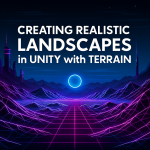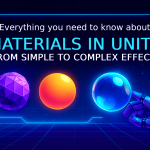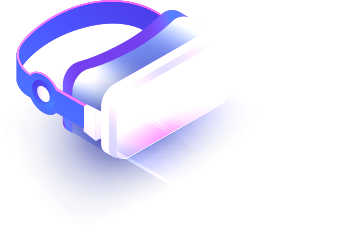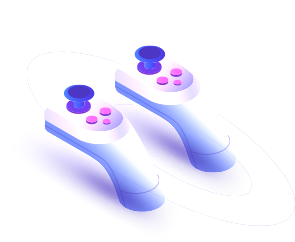Rendering in Unity: Pipeline Overview and Creating Realistic Water
09 Sep 2025
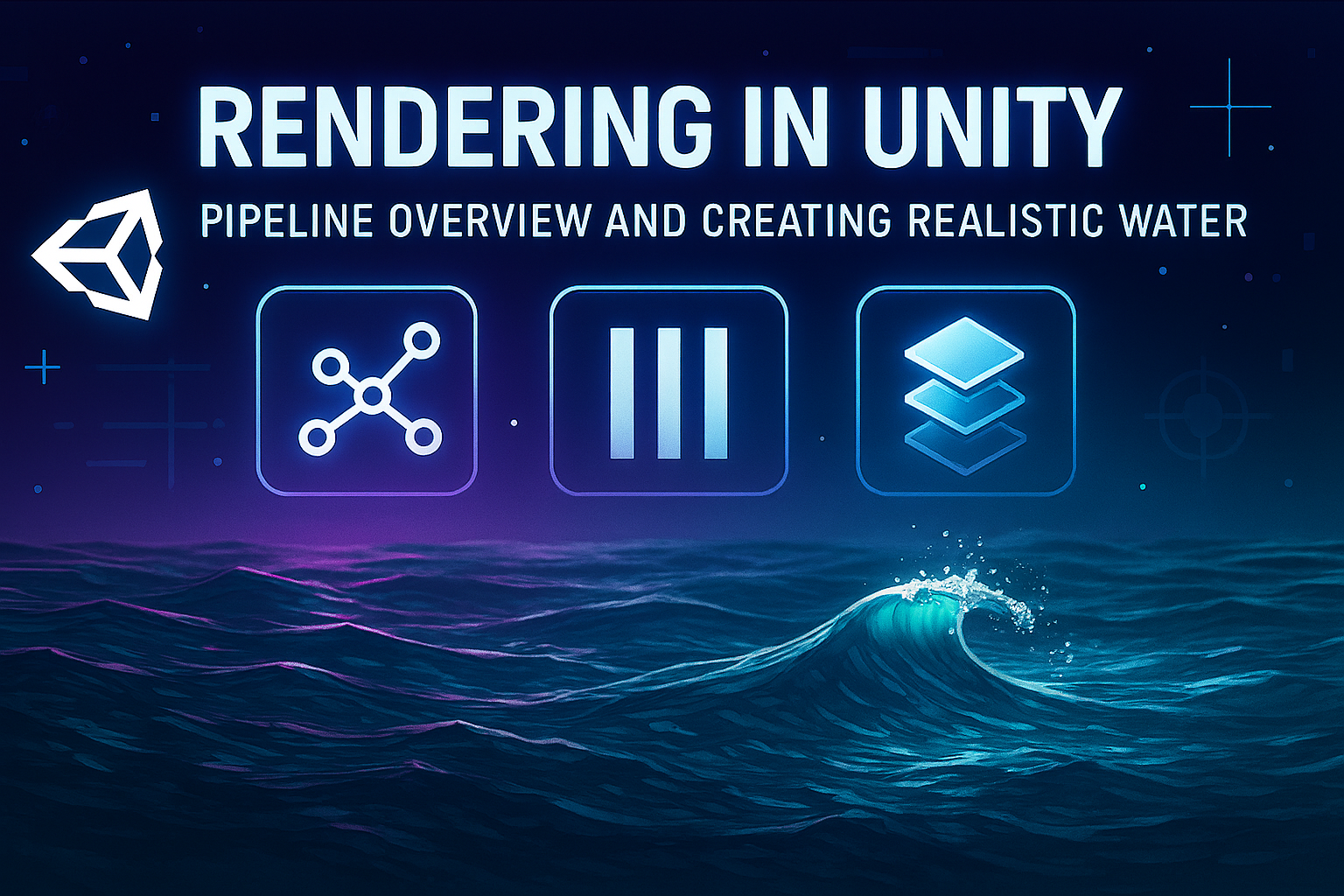
There are several types of rendering in Unity, each suited for specific tasks, platforms, and visual requirements. Understanding the differences between rendering pipelines is key to effective game graphics development. In this article, we will take a detailed look at the main types of rendering in Unity: Built-in Render Pipeline, Universal Render Pipeline (URP), and High Definition Render Pipeline (HDRP). We will also provide a practical example of water rendering to show the use of one of the pipelines in practice.
Types of Render in Unity
1. Built-in Render Pipeline
This is the classic rendering system that was the basis of Unity before the advent of scriptable pipelines. It is not modular, does not have full flexibility, but is quite easy to use. Its advantages are wide shader support, compatibility with many assets in the Asset Store, as well as ease of migration of old projects.
However, the built-in renderer is not as optimized and flexible as more modern pipelines. It is inferior to URP and HDRP in terms of lighting quality, performance, and support for modern visual effects.
2. Universal Render Pipeline (URP)
URP is a universal and flexible rendering pipeline designed to work on a wide range of devices: from mobile phones to consoles and PCs. URP is significantly more productive than Built-in and provides a more modern rendering architecture, improved lighting, post-processing, custom shaders via Shader Graph, and support for scripted rendering.
URP is an ideal choice for most projects, especially if you need a balance between quality and performance.
3. High Definition Render Pipeline (HDRP)
HDRP is designed to create games with photorealistic graphics on powerful devices. It offers the most advanced visual technologies, including:
Physically correct lighting,
Volumetric fog,
High-quality shadows and reflections,
Transparency and surface effects.
HDRP requires powerful hardware and is primarily targeted at PCs and next-gen consoles. It is not used in mobile applications due to performance requirements.
An example of rendering water in Unity
Let's look at a simple example of how you can create a water effect in Unity using the Universal Render Pipeline.
Step 1: Setting up a project for URP
Open the Unity Hub and create a new project, selecting the Universal Render Pipeline template.
In the Unity project, open the Project Settings → Graphics window and make sure that the URP Asset is active.

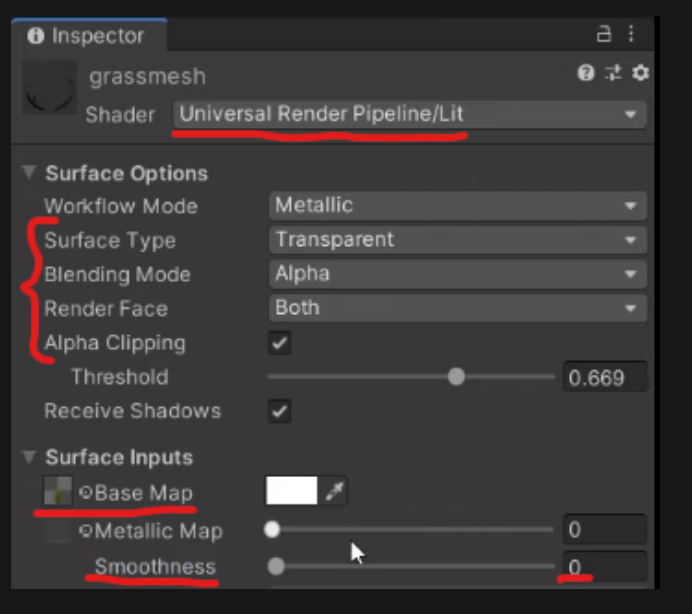
Step 2: Creating a water surface
In the Hierarchy, create a Plane (plane) that will serve as the surface of the water.
Create a new Material, name it "WaterMaterial".
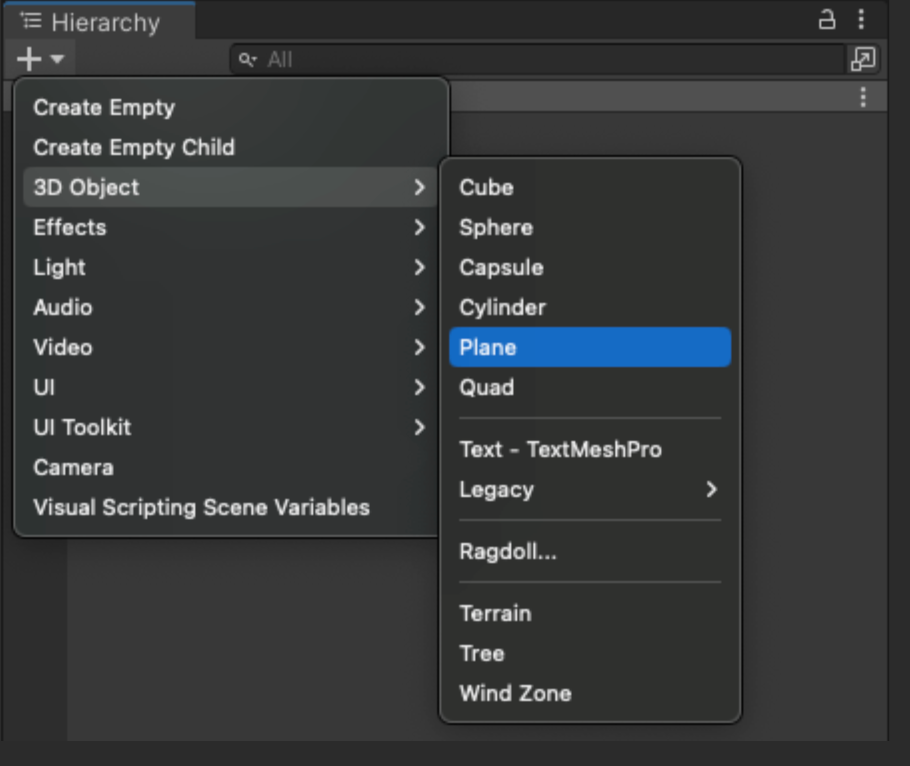
Step 3: Setting up the water material
In the material settings, select Shader → Universal Render Pipeline → Lit.
Set Surface Type to Transparent to make the water semi-transparent.
Set Smoothness to 1 to make the surface glossy.
Add a color with a slight blue or turquoise tint.
Turn on Reflections in the material and camera settings if you want realistic reflections.
For a more realistic effect, you can enable a normal map to create a visual imitation of waves. You can use a texture with waves or noise generation.
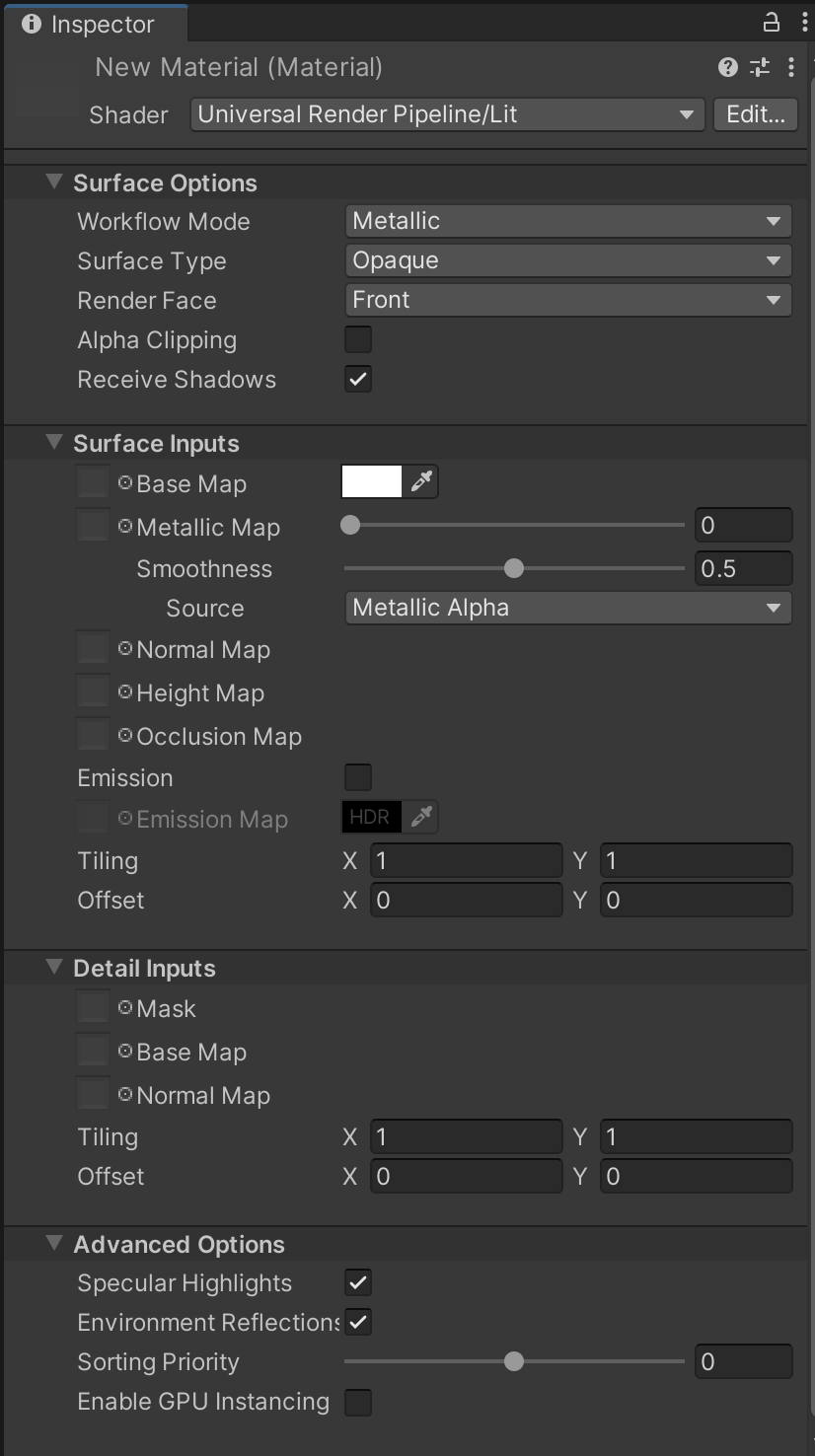
Step 4: The effect of water movement
To create the illusion of movement, you can animate the offset of the normals or use a Shader Graph:
Open Shader Graph and create a new Unlit Shader Graph.
Add Time, Tiling and Offset, Normal Map, Color, and Transparency.
Use Sine or Time → Multiply → Offset UVs to create a wave-like movement.
Assign the resulting shader to your material.
Step 5: Adding Post-processing
To make the water look even more impressive:
Enable Post-processing in the URP Asset.
Add a Volume to the scene and activate the following effects: Bloom, Color Grading, Depth of Field.
These effects will add depth and realism to the reflections and refraction of the water.
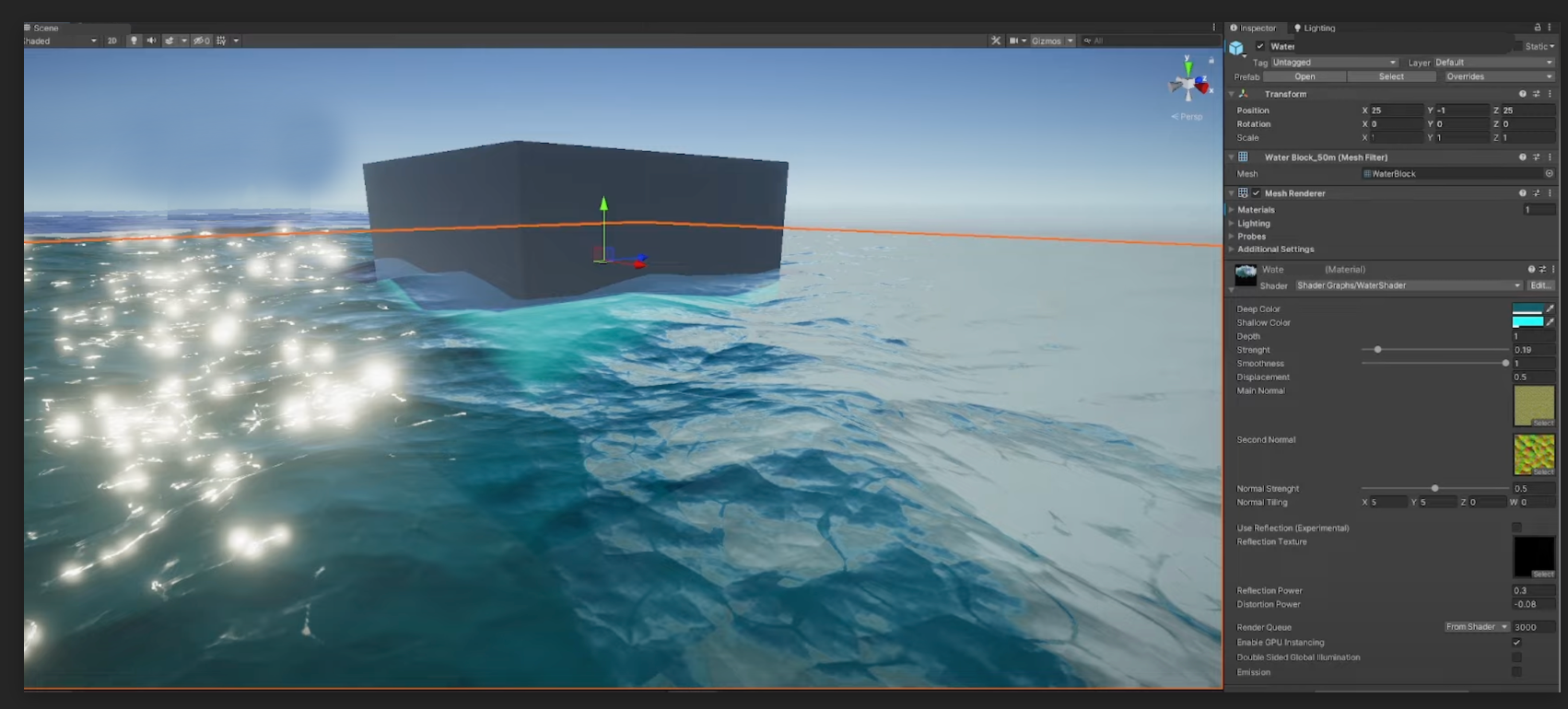
Conclusion
Unity offers three main rendering pipelines: Built-in, URP, and HDRP. The choice depends on the goals of your project: simplicity and compatibility, performance and versatility, or high-quality photorealism. For most cases, URP is the perfect choice, especially if you work with water, transparent materials, and want to optimize graphics for different platforms. With Shader Graph, you can create complex water visual effects with minimal code. Rendering is the foundation of your game's visual style, and choosing the right pipeline plays a key role in the performance and appearance of the project.
Related games
Jungle Cars Trip Multiplayer - Invite your friends!
Game: Perform tasks and rest cool. 2200 people play!
Play gameElectron in the transistor-resistor kingdom
Game: Perform tasks and rest cool. 2621 people play!
Play gameRelated news
Complete Particle System Guide: Creating Fire, Smoke, and Ma...
Unity Particle System is a powerful tool for creating visual effects in real time. Particles are used in everything from...
Read moreCreating Realistic Landscapes in Unity with Terrain
Learn how to create stunning and realistic landscapes in Unity using the Terrain system. Tips, tools, and techniques for building immersive game worlds.
Read moreEverything you need to know about materials in Unity: from s...
Materials in Unity are one of the most important aspects of rendering that help create realistic or stylized surfa...
Read more
